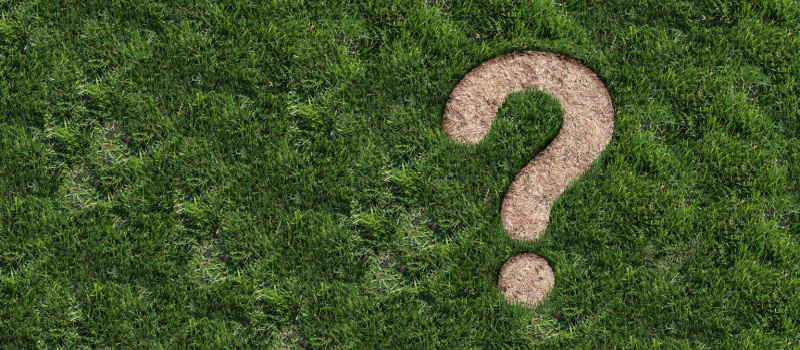Why Is My Lawn Starting To Die?

Having a lush and healthy lawn is something that many homeowners strive to achieve. But sometimes, despite our best efforts, our grounds start to suffer and die. Many things can cause this issue, from over-watering to poor soil quality, from problems with pests to nutrient deficiencies. In this article, we'll explore why your lawn may start to die and what you can do about it. A dying yard can be a frustrating and unsightly problem for homeowners.
Pests
Pests such as grubs, chinch bugs, and sod webworms can cause damage to a lawn by feeding on the roots and leaves of the grass. If left untreated, these pests can cause a lawn to thin out and eventually die.
Diseases
Diseases such as brownpatch and dollarspot can also cause damage to a lawn. These diseases can be caused by a variety of factors, including poor drainage, excessive moisture, and high temperatures.
Poor Soil Quality
Poor soil quality is one of the most common causes of a dying lawn. The physical characteristics of the soil can determine how well it can support the growth and health of grass, plants, trees, and other vegetation. The pH level, in particular, plays an important role in determining soil quality. Suppose the pH is too high or too low. In that case, essential nutrients like nitrogen, phosphorus, and potassium won’t be available for the grass to absorb, leading to discolored patches that are slow to recover from damage. Additionally, soil compaction caused by heavy foot traffic or hard rainfalls can prevent water from dispersing properly throughout your lawn as well as air from reaching its roots.
Nutrient deficiencies
Nutrient deficiencies in a lawn can occur for many reasons. Nutrients such as nitrogen, phosphorus, and potassium may also be absent from the soil due to improper fertilization practices or lack of organic material added to the soil mix. In addition, some areas may not receive enough rainfall, which can cause certain nutrients in the soil to become depleted over time, leading to a deficiency in the grasses growing on top of it.
Improper care
Improper care, such as mowing the lawn too short, over-watering, or over-fertilizing, can also lead to a dying lawn. This is because a yard that is not properly cared for will not be able to absorb the necessary nutrients and will become stressed and weak.
Weather patterns
Unfavorable weather patterns, such as prolonged droughts, or excessive rainfall, can also lead to a dying lawn. This can be because during a drought, the lawn might not get enough water, and during excessive rainfall, the soil might become waterlogged, and the roots might suffocate.
What To Do
- Identify the Issue
To revive a dying lawn, it is important to first identify the cause of the problem. If pests or diseases are suspected, consult with a professional for an accurate diagnosis and treatment plan. If nutrient deficiencies are the issue, a soil test can be conducted to determine which nutrients are lacking, and a fertilization plan can be implemented. - Adjust Practices
If the problem is caused by improper care, it is essential to adjust your lawn care practices to ensure that the lawn is getting the proper amount of water, sunlight, and nutrients. This may include adjusting your watering schedule, mowing the lawn at the correct height, and using a balanced fertilizer. During a drought, the lawn should be watered more frequently. Also, if you get an extreme amount of rain, you must ensure the soil isn’t waterlogged.
In conclusion, having a healthy and vibrant lawn can be a great addition to any property, but when it starts to look unhealthy, there are many reasons. Reviving a dying lawn can be a struggle, but luckily, The Experienced Gardener is here to help bring your lawn back to life!


